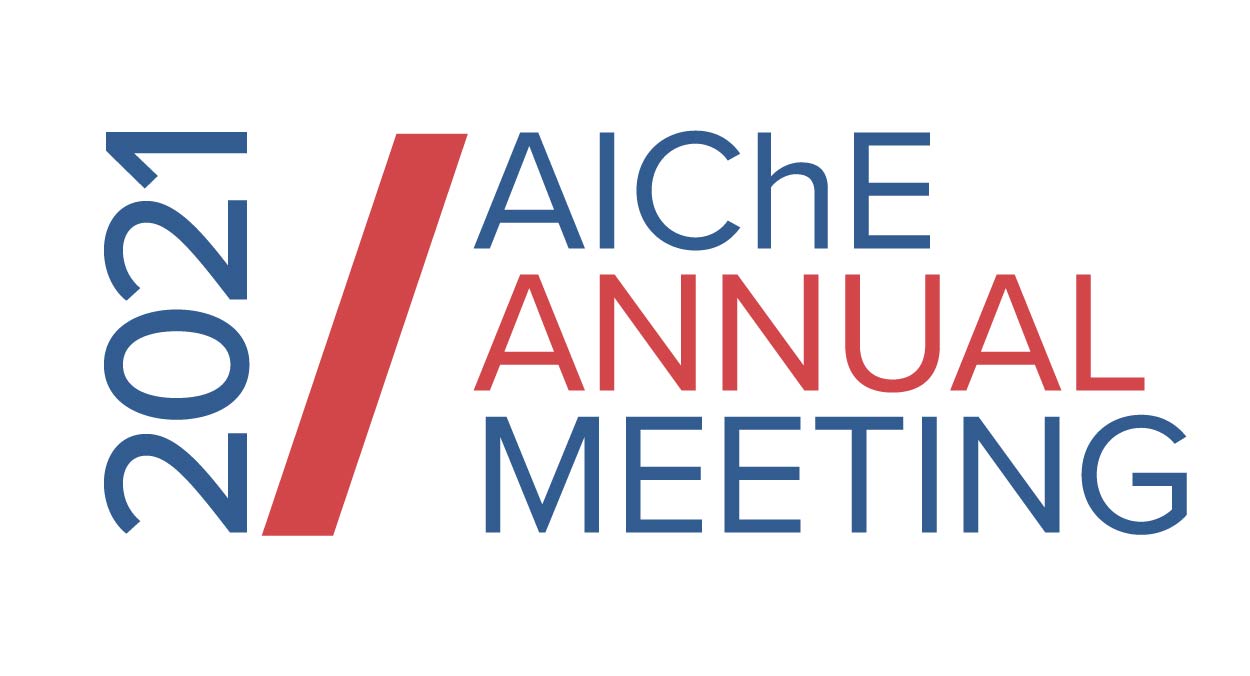

Polymeric ionogels, crosslinked gels swollen by ionic liquids (ILs), are useful vehicles for the release and storage of molecular solutes in next generation separation and delivery applications. Although rapid solute diffusion is often critical for performance, it remains challenging to predict diffusivities across multi-dimensional composition spaces. Recently, we showed that water (a model neutral solute and ubiquitous contaminant) diffuses through alkyl-methylimidazolium halide ILs by hopping between hydrogen bonding sites on relatively immobile cations. Here, we expand on this activated hopping mechanism in two significant ways. First, we demonstrate that water diffuses through poly(ethylene glycol) diacrylate ionogels via the same mechanism at a reduced rate. Second, we hypothesize that the activation energy barrier can be determined from relatively simple 1H NMR chemical shift measurements of the proton responsible for H-bonding. This relationship enables water’s diffusivity in ionogels of this class to be predicted quantitatively, requiring only (1) the composition-dependent diffusivity and Arrhenius behavior of a single IL, and (2) 1H NMR spectra of the ionogels of interest. High-throughput microfluidic Fabry-Perot interferometry measurements verify prediction accuracy across a broad formulation space (4 ILs, 0 ≤ xH2O≤ 0.7, 0 ≤ φPEGDA ≤ 0.66). The predictive model may expedite IL material screening. Moreover, it intimates a powerful connection between solute mobility and hydrogen bonding, and suggests targets for rational design.
Presenter(s)
Once the content has been viewed and you have attested to it, you will be able to download and print a certificate for PDH credits.
If you have already viewed this content,
please click here
to login.
